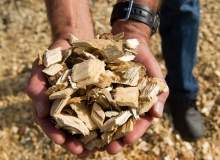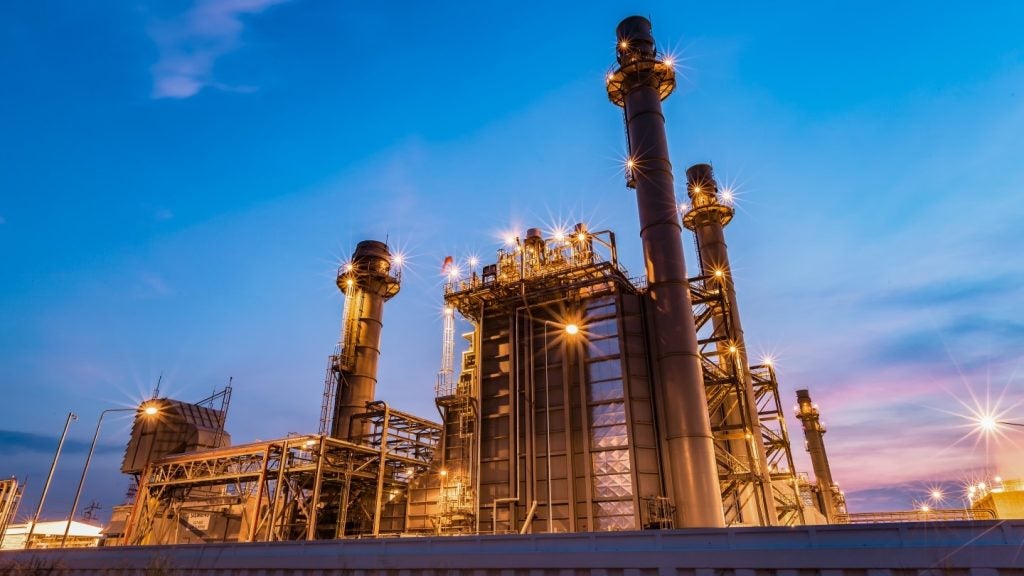

Biomass is becoming an increasingly critical power source. It is estimated that by 2020 biomass could comprise around ten percent of the energy generated in the UK, or enough to meet the annual needs of eight million homes. This may sound like good news – biomass, after all, has been billed as an important way to decarbonise energy supplies in the short-term – but the benefits are not as clear-cut as they might seem.
In actuality, bioenergy is a multi-faceted issue and its precise carbon impacts depend upon a complex tangle of factors. These include the forestry harvesting practice of the feedstock, what would happen to the carbon if it wasn’t used for bioenergy and whether fertilisers derived from fossil fuels are used.
This being so, the UK Government is intent on improving its evidence base to ensure it is armed with the most up-to-date scientific knowledge, as ever more coal plants are converted to biomass.
In 2012, the Department of Energy and Climate Change (DECC) published a Bioenergy Strategy which specified that only bioenergy from sustainable sources should be used. Then, in 2013, it laid out new sustainability criteria with major penalties for non-compliance. From April 2015, should a generator fail to meet the standards specified, it will lose its financial support.
How well do you really know your competitors?
Access the most comprehensive Company Profiles on the market, powered by GlobalData. Save hours of research. Gain competitive edge.

Thank you!
Your download email will arrive shortly
Not ready to buy yet? Download a free sample
We are confident about the unique quality of our Company Profiles. However, we want you to make the most beneficial decision for your business, so we offer a free sample that you can download by submitting the below form
By GlobalDataSee Also:
This raises the question: how can the exact carbon impacts of biomass feedstock be calculated? Given the number of issues at stake, the answers are not immediately obvious. It is important to take a broad view of a biomass project, which means paying heed to its complete lifecycle and every link of the supply chain.
Meeting sustainability demands
Power-technology.com profiles nine of the world’s biggest operational biomass power plants based on installed power capacity.
For this reason, the DECC has developed a tool called the Biomass Emissions and Counterfactual (BEAC) model, which can be used by developers to ensure they are sourcing their bioenergy sustainably and responsibly. It will help them to meet the UK’s demanding regulatory requirements, currently among the toughest in the world.
"Sustainability criteria have been introduced requiring account to be taken of the sourcing of biomass through land criteria, that wood is only sourced according to our UK Timber Standard and that the biomass meets minimum greenhouse gas standards," says a DECC spokesperson.
"The BEAC tool uses scenario modelling to look at whole lifecycle implications of using bioenergy. It includes factors that allow one to account for whole lifecycle carbon stock within forests as a result of various biomass production practices. It is not a regulatory tool but we hope the industry will make use of it when examining their own supply chains in order to ensure they are low carbon ones."
The calculator assesses the benefits and impacts of various bioenergy scenarios by looking at the changes in the amount of carbon stored in forests in North America. Along with its accompanying technical report, it provides detailed insight into a complicated topic.
"The model, all its assumptions and input data are published," says the spokesperson. "It has been developed in an open way and thoroughly peer-reviewed to increase confidence in its rigour and robustness, and uses a counterfactual approach to hypothesise what would have happened if the wood had not been removed for bioenergy."
Calculating the cost
The findings generated have been encouraging. It seems it may indeed be possible to meet the UK’s projected 2020 demand for biomass from North American sources in a low-carbon and sustainable way, at least if certain guidelines are followed.
This will mean paying attention to the areas in which the additional biomass may actually damage the environment, and working to address the issues in question. For instance, a naturally regenerated forest may be harvested more frequently than it would have been without the demand for bioenergy.
"To minimise the energy inputs as much as possible, transport distances should be minimised, the moisture content of the biomass should be reduced as possible before drying using a fuel source, and the pellets should be dried using local biomass residues rather than fossil fuels," says the spokesperson.
Shifting goalposts
This is unlikely to be a straightforward task. One of the key challenges for the bioenergy industry is sourcing biomass that will meet the government’s tightening greenhouse gas generation criteria. DECC’s current sustainability standards require bioenergy generators to reduce greenhouse gases by at least 60% compared to the EU average for coal and gas.
This target, however, will be increased to 72% by 2020 and then to at least 75% by 2025. As compared to coal alone, the savings equate to 78% and 80% respectively. There is also the possibility that the precise sustainability criteria may change again in the future.
Small-scale decentralised microgrids are being touted as one of the most credible ways to provide electricity to the energy poor.
"We first need to carry out robust evidence gathering and analysis to improve our knowledge of future biomass supply chains, and the BEAC tool is part of this," explains the spokesperson. "When we have this, we can consider what is the most appropriate way to address any issues that are identified. If this work demonstrates that changes to sustainability criteria are needed, amendments would be consulted on prior to their implementation."
In the meantime, the onus is on developers to keep their carbon impacts to a minimum, paying attention to the counterfactual scenarios postulated by the BEAC tool as they plan their future strategy.
"It will require generators to work closely with their supply chains to develop the processes and systems to ensure that the biomass they use meets our requirements," says the spokesperson.
For anyone involved in renewable energy, the BEAC model is an important and timely tool, shedding light on the most feasible ways to meet their short- and long-term goals.



.gif)



